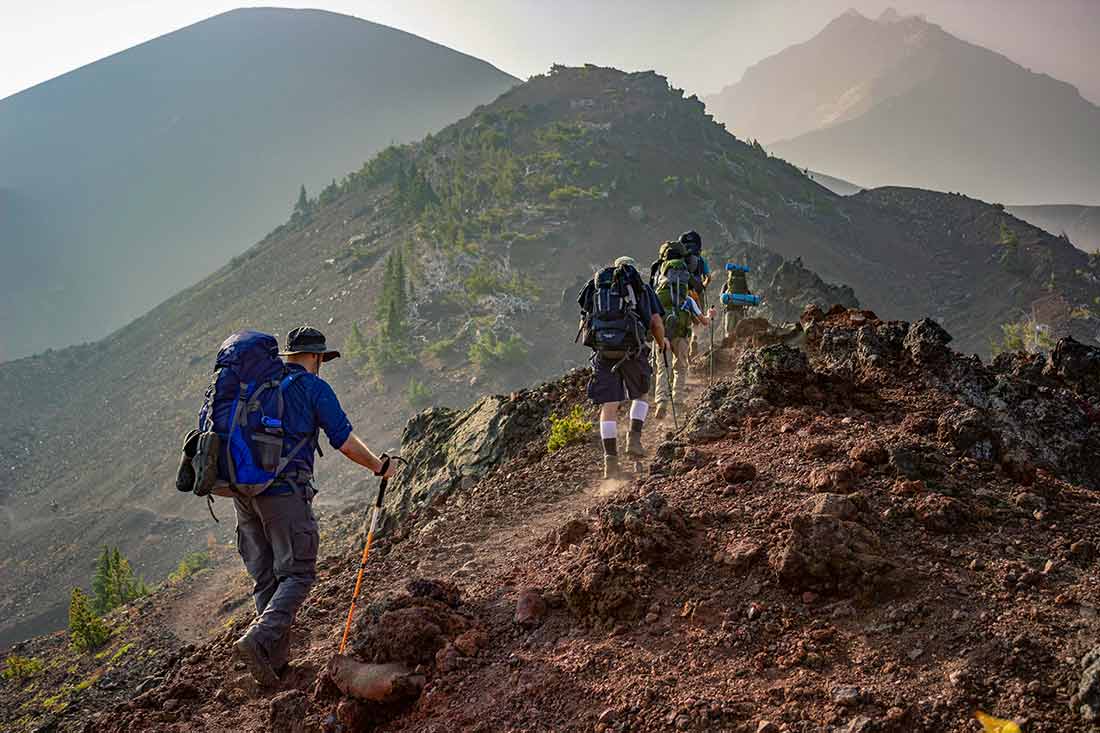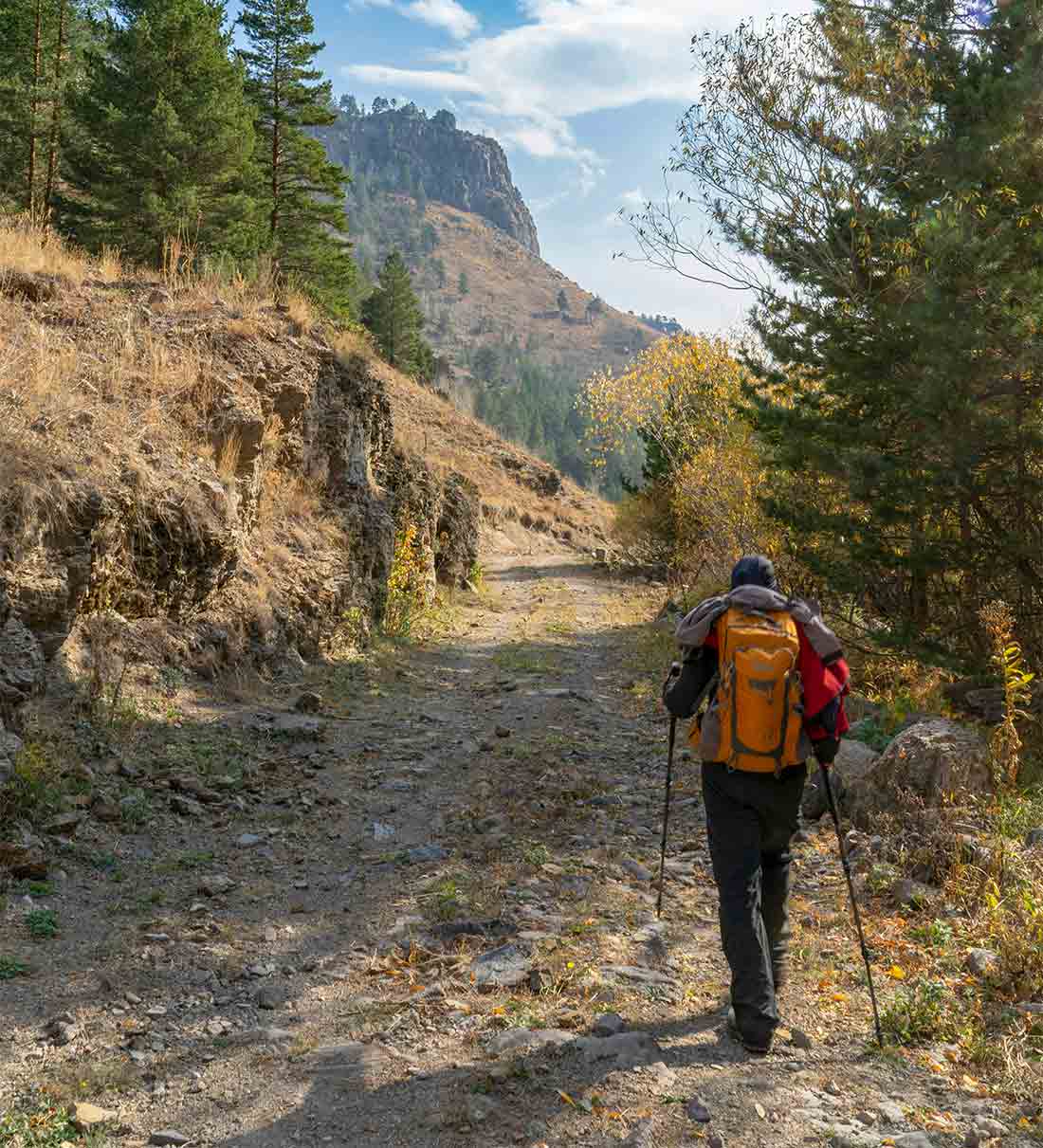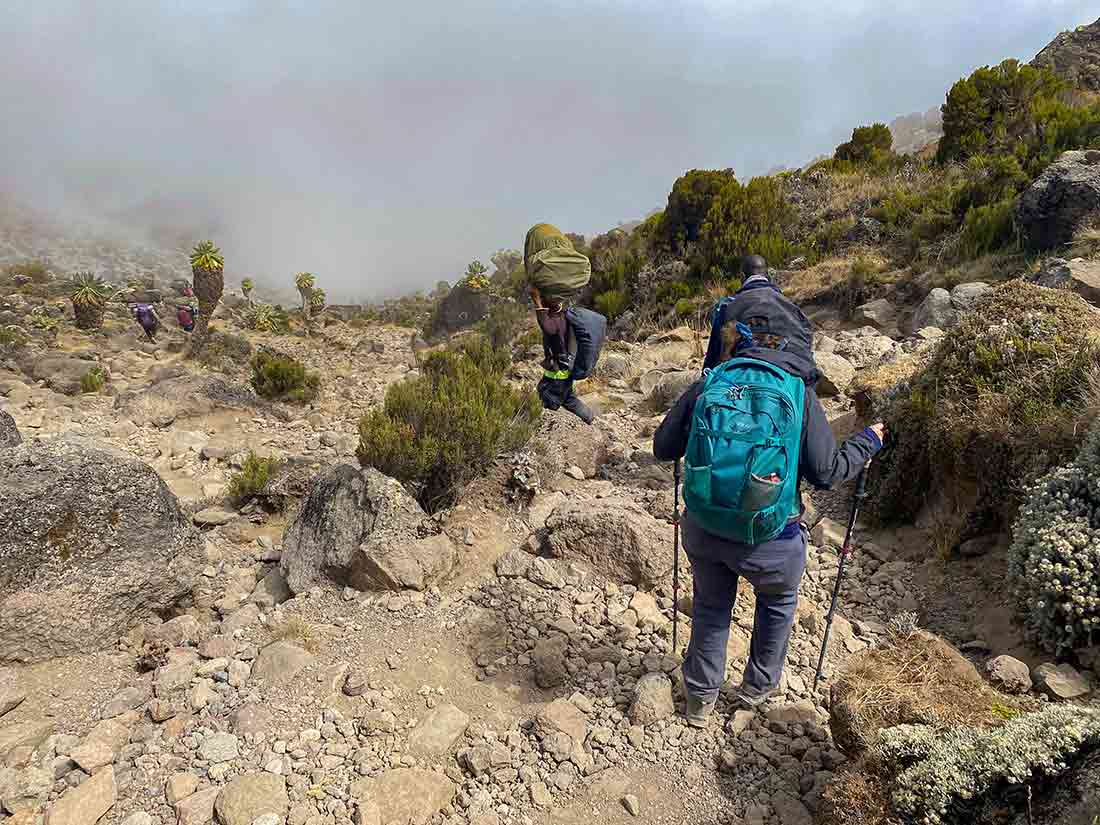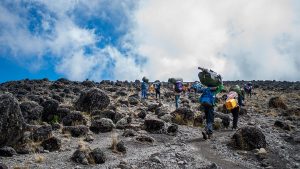Ascending the iconic Mount Kilimanjaro is a dream for many adventurers seeking to conquer Africa’s highest peak. Standing at an imposing 19,341 feet above sea level, Kilimanjaro presents a challenge that demands physical endurance, mental resilience, and strategic preparation. Among the arsenal of equipment that trekkers bring to tackle this formidable summit, trekking poles stand out as an often underestimated yet invaluable tool. Let’s examine why trekking poles are a crucial companion for scaling Kilimanjaro.
Try Them Out

Before you head to Kilimanjaro, we recommend purchasing a pair of trekking poles. You can buy fairly inexpensive ones from Costco or an outdoor store. If you like them, then move up to a more advanced version like Black Diamond, Komperdell, or Leki. Unlike bringing your broken-in boots, we do not recommend bringing your trekking poles to Tanzania. Instead, rent them from us. They are inexpensive and you don’t have to worry about your expensive poles getting damaged by the airlines or damaging your luggage.
Stability and Balance

One of the primary benefits of trekking poles is the enhanced stability and balance they provide, particularly on challenging terrain like Kilimanjaro. The mountain’s trails vary from rocky paths to steep ascents and descents. Uneven footing can easily lead to slips and falls. Trekking poles act as additional points of contact with the ground. They distribute your weight more evenly and reduce the risk of losing your balance.
How to Properly Use Trekking Poles
Reduced Strain on Joints
Ascending Kilimanjaro involves hours of uphill trekking, placing significant strain on your lower body joints. This is especially true of the knees and ankles. Trekking poles help alleviate this strain by absorbing some of the impact with each step. By transferring some of your weight to the poles, you reduce the workload on your legs. This can be particularly beneficial during the descent when knee strain is common.
Improved Endurance
The prolonged nature of the Kilimanjaro trek demands endurance from trekkers. Using trekking poles can help conserve energy by engaging the upper body muscles, thereby reducing fatigue in the legs. This can make a notable difference, especially during the later stages of the climb when exhaustion sets in.
Enhanced Ascending Efficiency
Ascending Kilimanjaro is as much a mental challenge as it is physical. Trekking poles provide leverage. This allows you to push yourself upward with greater force, especially on steep inclines. This enhanced propulsion can make your ascent more efficient. This helps you conserve energy for the demanding sections of the climb.
Stability in Challenging Conditions

Kilimanjaro’s weather can be unpredictable, with conditions ranging from scorching sun to biting cold and even snow at higher elevations. Trekking poles offer stability and confidence in adverse weather conditions. They provide additional support on slippery or icy terrain and help you navigate safely through rain, snow, or wind.
Mental Boost
Beyond their physical benefits, trekking poles can also provide a psychological boost. Holding onto the poles can offer a sense of security and control, particularly in challenging or exposed sections of the trail. This added confidence can help alleviate anxiety and boost morale, crucial factors for success in high-altitude trekking.
Final Thoughts
Trekking poles are not just accessories; they are essential tools for anyone tackling the trails of Kilimanjaro. Their multifaceted benefits, from stability and reduced joint strain to enhanced endurance and confidence, make them indispensable companions on the journey to the Roof of Africa. Whether you’re a seasoned mountaineer or embarking on your first high-altitude adventure, don’t underestimate the impact that trekking poles can have on your Kilimanjaro experience.



